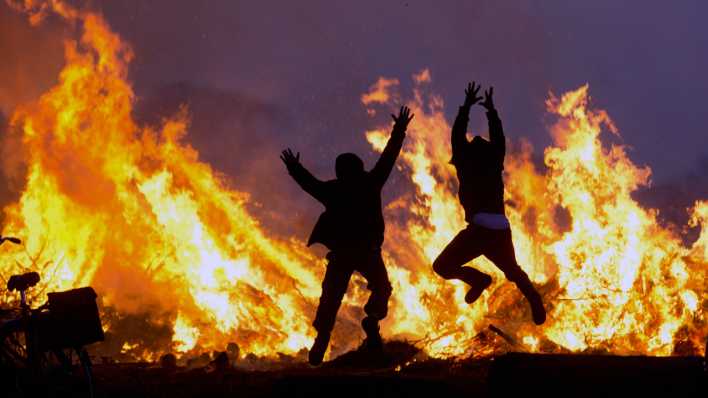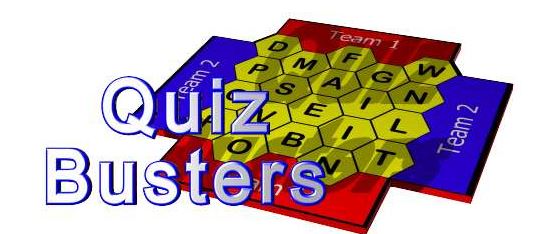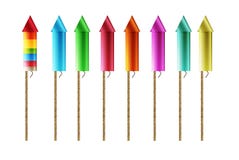If you were in Germany, Switzerland or Austria this week you would have seen colourful processions and spectacular masked figures on the streets of many towns and cities. This year's Karneval celebrations were confident and exuberant despite some festivities having to be cancelled because of terror threats.
What is it all about?
The carnival season officially begins on November 11th at 11.11 am, but most of the merrymaking happens during the week before Lent. In some places the beginning of Karneval is January 7th which marks the end of the Christmas period.
There have been jamborees at the end of winter in Germany for many thousands of years. In pre-Christian times people would dress up in masks to drive away the winter spirits and later, Catholics would spend time having fun before the serious business of fasting through Lent began on Ash Wednesday.
Today the celebrations are more secular (that is they are not directly connected to the Church) but they are enjoyed by millions of people throughout the German speaking countries.
The most well known procession takes place in Köln (Cologne) on Rosenmontag, which is the day before Shrove Tuesday. The parade attracts thousands of visitors who come to savour the carnival atmosphere and see the hundreds of costumes and masks on display. The Monday, Tuesday and Wednesday of the week when Lent begins are not legal holidays in Germany, but many businesses close for these three days.
This year there were many different costumes in the Köln parades, some traditional and other eyebrow-raising ones which raise difficult political themes like the shootings in Paris earlier this year.
These pictures come from the Deutsche Welle website and show some of this year's pageants.























